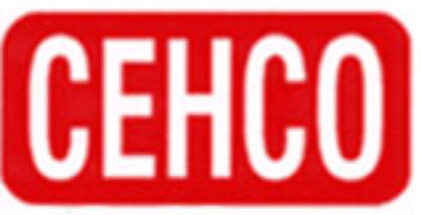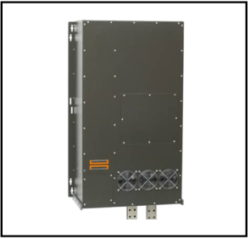DC rectifiers are essential components in processes like anodizing, electroplating, and metal finishing, as they provide the direct current (DC) necessary for these electrochemical processes. Let’s explore how DC rectifiers are used in each of these processes:
-
Anodizing:
Anodizing is an electrochemical process used to create a protective oxide layer on the surface of metals, primarily aluminum. In anodizing, the metal to be anodized (the anode) is immersed in an electrolyte solution, and a direct current is passed through it using a DC rectifier. The DC rectifier’s primary role is to provide a precise and controllable DC voltage to the anode.
The DC rectifier in an anodizing setup typically offers the following features:
- Voltage Control: The rectifier allows precise control of the output voltage to achieve the desired anodizing thickness and appearance.
- Current Limiting: It can limit the current to prevent excessive heat generation and damage to the workpiece.
- Ripple Control: Low ripple ensures a stable and uniform anodizing process.
- Timer and Control Logic: Some rectifiers may include timers and control logic to automate the anodizing process.
-
Electroplating:
Electroplating is a process used to deposit a thin layer of one metal onto the surface of another metal. Like anodizing, electroplating relies on a DC rectifier to control the electrochemical reactions at the cathode (the workpiece). The DC rectifier in electroplating serves the following functions:
- Voltage Control: It precisely controls the voltage to control the deposition rate and the thickness of the plated layer.
- Current Control: The rectifier maintains a consistent current to ensure uniform plating.
- Current Reversal: In some cases, the polarity of the DC voltage is reversed periodically to dissolve any unwanted deposits on the cathode.
-
Metal Finishing:
Metal finishing encompasses various processes, including polishing, buffing, and coating, to improve the appearance and corrosion resistance of metal parts. DC rectifiers play a crucial role in processes that involve electrochemical surface treatments, such as electropolishing.
In metal finishing applications, the DC rectifier provides a stable and controlled voltage for processes like electropolishing. Key features include voltage and current regulation, as well as protection mechanisms to prevent damage to the workpiece and rectifier.
Common features and considerations for DC rectifiers used in anodizing, electroplating, and metal finishing processes include:
- Voltage and current ratings: The rectifier’s capacity should match the specific needs of the process.
- Control interfaces: Some rectifiers offer digital interfaces for precise control and monitoring.
- Safety features: Overcurrent protection, overvoltage protection, and thermal protection are critical for safe operation.
- Efficiency: High efficiency helps minimize energy consumption and heat generation.
- Ripple and noise control: Low ripple is essential for maintaining process quality.
- Remote control and automation: Many rectifiers can be integrated into automated control systems.
DC rectifiers tailored for electrochemical processes are available from various manufacturers and are designed to meet the unique requirements of each application, ensuring the quality and consistency of the finished products.

